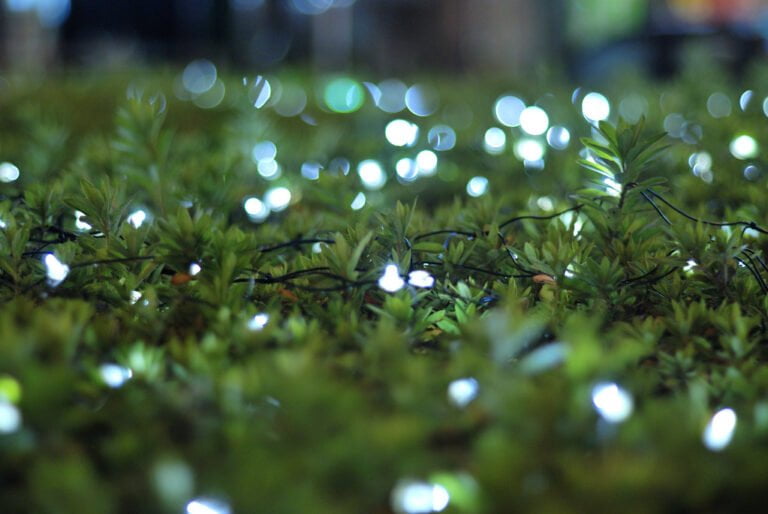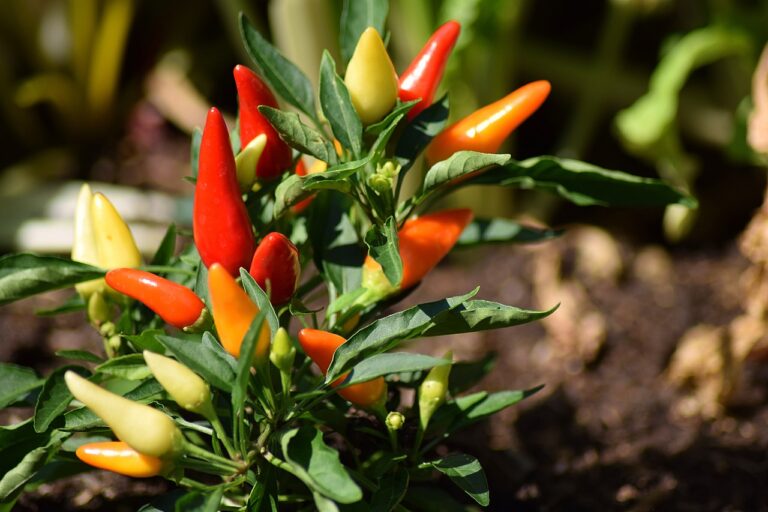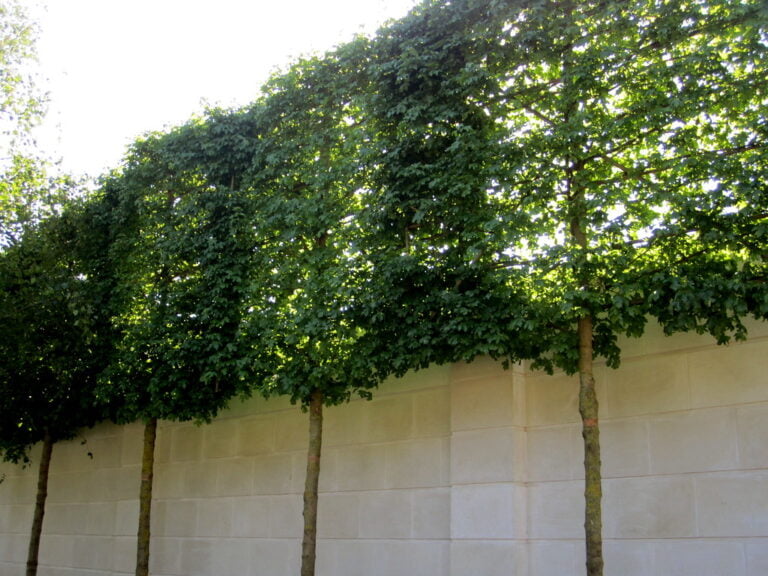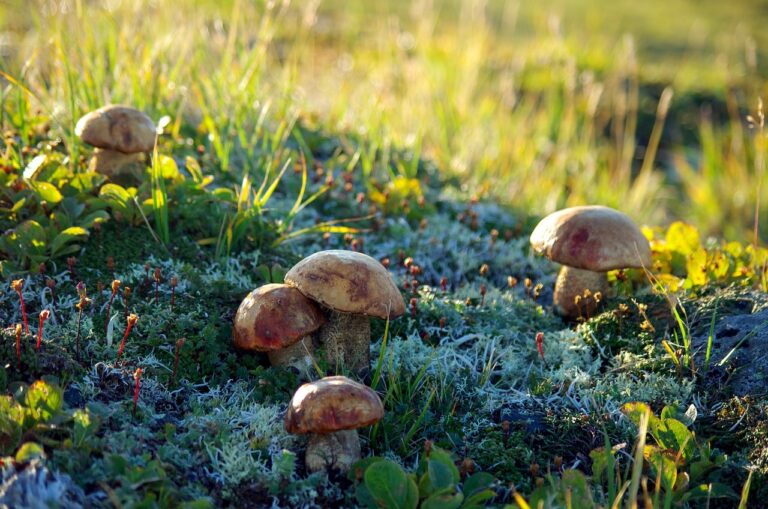Creating Wildlife-Friendly Landscapes: How to Attract Birds, Butterflies, and Beneficial Insects With Native Plants
You'll love transforming your outdoor space into a haven for birds, butterflies, and beneficial insects with native plants. Discover the joy of creating a wildlife-friendly landscape that's not only beautiful but also supports local ecosystems. Learn how to select the right plants, design a garden that attracts wildlife, and maintain your wildlife-friendly oasis. Get ready to enhance biodiversity in your own backyard and make a positive impact on the environment.
Understanding Native Plant Benefits
To understand the benefits of native plants, you need to recognize their crucial role in supporting local wildlife and promoting ecosystem health. Native plants have co-evolved with local wildlife, providing essential food and habitat. By incorporating them into your landscape, you can create a thriving environment for birds, butterflies, and beneficial insects. Not only do native plants attract wildlife, but they also require less maintenance and water once established, making them practical for any gardener. Their deep root systems help prevent soil erosion and improve water quality, contributing to the overall health of the ecosystem. Embracing native plants is a knowledgeable choice that serves both the environment and your community. By prioritizing native species, you can make a significant impact on local wildlife and contribute to the well-being of the ecosystem.
Selecting the Right Native Plants
When selecting the right native plants, consider the specific needs of local wildlife and the benefits these plants offer to the ecosystem. Native plants provide food and shelter for birds, butterflies, and beneficial insects, creating a balanced and sustainable environment. To attract a variety of wildlife, choose a mix of plants that bloom at different times throughout the year. This ensures a constant food source for pollinators and other creatures. Additionally, prioritize plants that are well-suited to your specific soil and climate conditions, as they will require less maintenance and be more resilient in the long run. By selecting native plants thoughtfully, you can create a vibrant and thriving habitat that supports the local wildlife population while enhancing the beauty of your landscape.
Designing a Wildlife-Friendly Garden
Consider incorporating diverse plant species and creating varied habitats to design a wildlife-friendly garden that supports a thriving ecosystem and attracts a wide range of local wildlife. By including a mix of trees, shrubs, flowers, and grasses, you can provide food and shelter for different species throughout the year. Incorporating native plants will not only attract local wildlife, but also require less maintenance and water once established. To create varied habitats, include features like a small pond, a brush pile, or a birdhouse to cater to the needs of different animals. Designing with wildlife in mind is not only fulfilling but also beneficial for the environment. Your garden can become a haven for birds, butterflies, and beneficial insects, contributing to the overall health of the ecosystem.
Creating Bird-Friendly Landscapes
Incorporating diverse plant species and creating varied habitats in your garden can help attract a wide range of local bird species, contributing to the overall health of the ecosystem. To create a bird-friendly landscape, consider planting a mix of trees, shrubs, and flowers to provide food, shelter, and nesting sites for birds. Native plants are especially beneficial as they have evolved alongside local bird species and provide essential resources such as seeds, nectar, and insects. Including a water feature like a birdbath or a small pond can also attract birds for drinking and bathing. Additionally, minimizing the use of pesticides and allowing natural areas like meadows or brush piles to remain can further enhance the appeal of your garden to birds. By creating a welcoming environment, you can enjoy the beauty of birds while supporting their well-being.
Attracting Butterflies With Native Plants
Plant native flowers such as milkweed and butterfly bush to attract butterflies to your garden. Native plants are essential for the survival of butterfly species, providing food and habitat. Milkweed, for instance, is a vital host plant for monarch butterflies, serving as a nursery for their caterpillars. Butterfly bush, on the other hand, produces nectar-rich blooms that attract a variety of butterfly species, adding vibrant colors and life to your garden. When selecting native plants, consider their specific needs, such as sunlight, soil type, and water requirements, to ensure their successful growth. By incorporating these native plants into your landscape, you not only create a beautiful and vibrant garden but also contribute to the conservation of butterfly populations, fostering a healthier ecosystem for both wildlife and humans.
Beneficial Insects and Native Plants
To attract beneficial insects to your garden, choose native plants that provide food and habitat for these helpful creatures. Native plants have evolved alongside local insects, providing the right kind of nectar, pollen, and shelter they need to thrive. For example, flowering plants like coneflowers, milkweed, and goldenrod are excellent choices for attracting pollinators such as bees and butterflies. Additionally, incorporating a variety of native grasses and shrubs can provide breeding grounds and refuge for predatory insects like ladybugs and lacewings, which help control pest populations naturally. By creating a diverse and balanced ecosystem with native plants, you can support a healthy population of beneficial insects that will in turn keep your garden flourishing without the need for harmful chemical pesticides.
Providing Habitat for Wildlife
Choose native plants that provide food and shelter for wildlife, continuing to create a diverse and balanced ecosystem in your garden. By selecting a variety of plants that offer food sources such as nectar, seeds, and berries, you can attract a wide range of wildlife, including birds, butterflies, and beneficial insects. Consider incorporating native trees, shrubs, and flowers that produce fruits and seeds at different times of the year to ensure a consistent food supply. Additionally, creating habitat structures like birdhouses, birdbaths, and brush piles can provide shelter and nesting sites for wildlife. By carefully planning and maintaining your landscape to meet the needs of various species, you can contribute to the conservation of local wildlife while enjoying the beauty and vitality they bring to your garden.
Maintenance Tips for Wildlife Gardens
Regularly prune and deadhead your native plants to maintain a healthy and vibrant wildlife garden. Pruning helps shape the plants, encourages new growth, and prevents overcrowding, while deadheading promotes continuous blooming and prevents the plant from expending energy on seed production. By doing this, you not only enhance the overall appearance of your garden but also provide a vital food source for wildlife. Additionally, keep an eye out for any signs of pests or diseases, and address them promptly to prevent them from spreading. Mulch around your plants to help retain moisture, suppress weeds, and provide habitat for beneficial insects. Finally, be mindful of your watering practices, aiming for deep, infrequent watering to encourage deep root growth and make your garden more resilient to drought. These practices will help you maintain a thriving wildlife garden that benefits both the environment and its inhabitants.
Native Plants for Pollinators
You can attract a variety of pollinators to your wildlife garden by incorporating native plants that provide food and habitat for these essential creatures. Native plants are perfectly adapted to your local climate and soil, making them ideal for supporting pollinators. When selecting plants, opt for a diverse range of species that bloom at different times throughout the growing season to ensure a consistent food source for pollinators. For example, consider including milkweed for monarch butterflies, bee balm for hummingbirds, and coneflowers for various bees and butterflies. Additionally, native grasses and shrubs can provide nesting sites and shelter for pollinators. By choosing native plants that support pollinators, you not only enhance the beauty of your landscape but also contribute to the conservation of these vital species.
Enhancing Biodiversity in Your Landscape
To enhance biodiversity in your landscape, while providing a thriving habitat for pollinators, consider incorporating a variety of native plants that offer food, shelter, and nesting sites for a range of wildlife species. By planting a diverse array of native flora, you can attract a wide range of birds, butterflies, and beneficial insects, creating a balanced and resilient ecosystem in your own backyard. Choose plants that bloom at different times of the year to provide nectar and pollen throughout the seasons, ensuring a continuous food source for wildlife. Additionally, include plants with varying heights and structures to offer shelter and nesting opportunities for different species. Embracing biodiversity in your landscape not only benefits the environment but also brings joy and wonder as you witness the interconnected web of life flourishing around you.
Conclusion
You now have the knowledge and tools to create a wildlife-friendly landscape that will attract birds, butterflies, and beneficial insects to your garden. By understanding the benefits of native plants, selecting the right ones, and designing a habitat that provides for their needs, you can create a beautiful and functional space that supports biodiversity. With a little maintenance and care, your garden will be a haven for wildlife and a source of joy for you. Get out there and start creating your wildlife-friendly paradise today!






